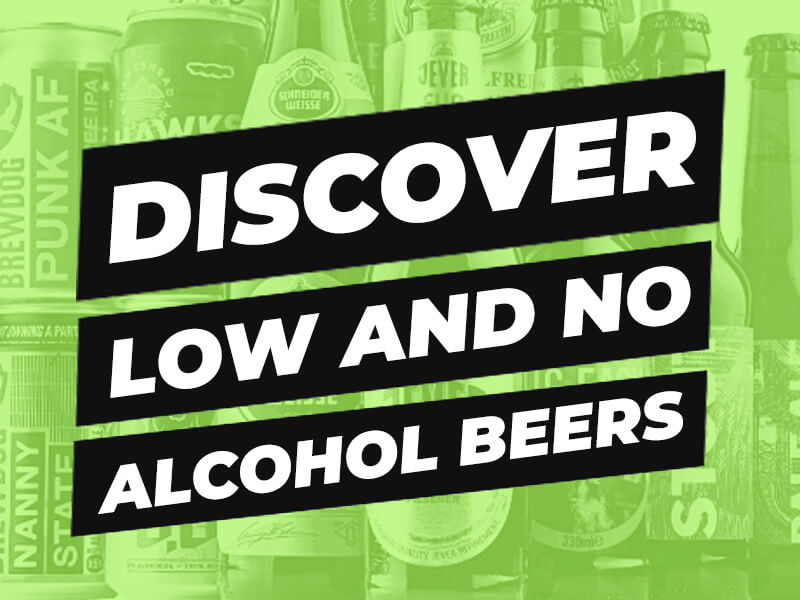
Jump forward to today and, thankfully, we are excited to say, the world is a lot rosier. ‘NOLO’ drinks are here, in all flavours, shapes and sizes. What was once regarded as a ‘millennial fad’ has exploded and is definitely here to stay. Hallelujah!
As always, the craft beer market has been ahead of the curve on NOLO and come up with some phenomenal options for us all to try. From full bodied lagers, to tongue tingling sours, to smooth as silk stouts, the range of beer styles available in NOLO has grown and grown. And these aren’t just existing beers with a 0.0% logo slapped on them. Oh no, these are new and exciting beers that our lovely brewing friends have toiled over, tested, tweaked and developed to give maximum satisfaction to us, the beer drinking public. There are new breweries founded that focus singularly on NOLO beers and delivering them to perfection. There are even pubs springing up that only sell NOLO. This is happening, and we love it.
But I thought you told us that one of the key steps to brewing beer was ‘fermentation’, and that that is where the alcohol appears? So how is that possible? Very attentive of you, young Grasshopper. Well, alcohol has a lower boiling point than water; after the ‘full fat’ beer was finished, breweries used to crank up the gas and boil/stew the beer to get the NOLO version. Unfortunately, this meant that some of those carefully curated flavours that the brewer had worked so hard to get in there for us would be lost too, and the final product would be of washed out kind of semi-beer. Not nice. Thankfully, those brewers who died a little inside every time their amazing beer got the heat treatment, knuckled down and came up with a couple of solutions that don’t take a blow torch to their Mona Lisa. So to speak.
What are the solutions? Reverse-osmosis or vacuum distillation. Obviously. Now, the official definition of reverse-osmosis, according to my old GCSE Double Science textbook is ‘a process by which a solvent passes through a porous membrane in the direction opposite to that for natural osmosis when subjected to a hydrostatic pressure greater than the osmotic pressure’. Yeah, erm OK…what? How about vacuum distillation? Apparently, according to aforementioned science book, boiling points reduce in a vacuum (now who remembers that one?!) and as such, what used to be a vigorous boil of that lovely beer is now just a gentle warming, akin to you getting in to a hot tub – and come on, who doesn’t like a hot tub? The long and short of it, is that reverse osmosis and vacuum distillation bring the ABV right down without removing/destroying all those lovely flavours and characteristics in the beer. Winner!
So, no longer do you have to make do with a meagre choice when avoiding alcohol. The list of options is long and growing. This is a bandwagon that may have taken a while to get here, but we are very pleased it’s here now.

As always, we have tried and tested the good, the bad and the ugly and put together a No and Low Alcohol Mixed Case of our favourites. Give it try, we think you will love it.
Enjoy More Beer!





